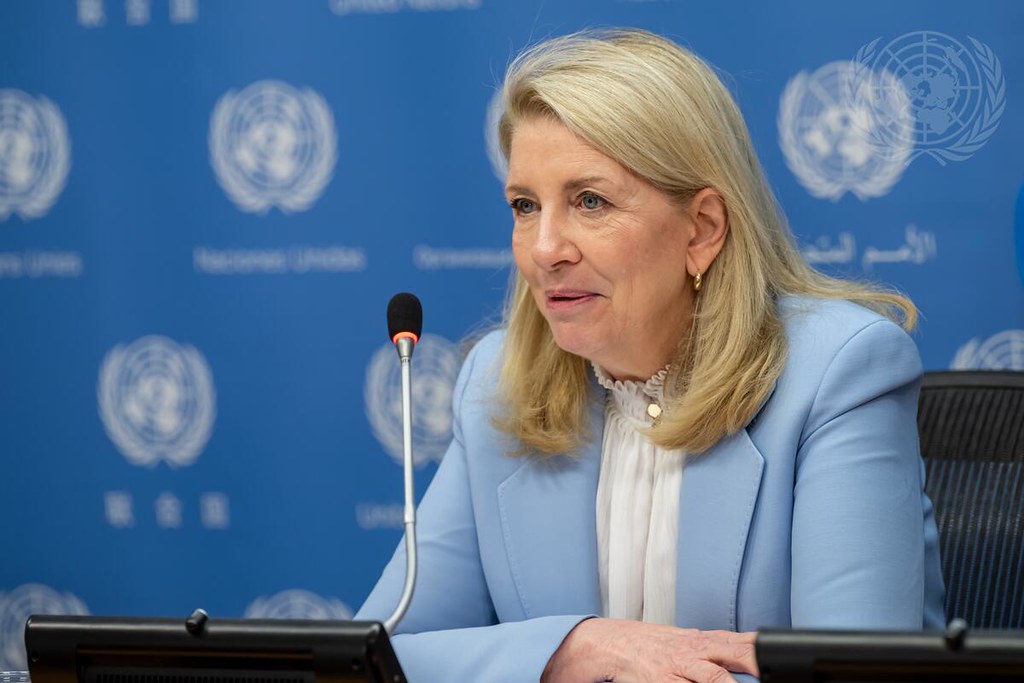138 million children still trapped in labour-Report

The findings, published one day ahead of the World Day Against Child Labour, show a drop of more than 20 million children since 2020.
Nearly 138 million children were still engaged in child labour in 2024, with about 54 million involved in hazardous work that threatens their health and development, according to new global estimates released by the International Labour Organization (ILO) and UNICEF.
The findings, published one day ahead of the World Day Against Child Labour, show a drop of more than 20 million children since 2020.
This reverses the worrying increase seen between 2016 and 2020, but the world has still failed to meet its target of eliminating child labour by 2025.
The report, titled “Child Labour: Global estimates 2024, trends and the road forward,” paints a mixed picture of progress and persistent challenges.
While some regions have made significant strides, millions of children around the world continue to be denied their right to education, play, and safety.
“The findings of our report offer hope and show that progress is possible. Children belong in school, not in labour,” said ILO Director-General Gilbert F. Houngbo.
“Parents must themselves be supported and have access to decent work so that they can afford to ensure that their children are in classrooms and not selling things in markets or in family farms to help support their family. But we must not be blindsided by the fact that we still have a long way to go before we achieve our goal of eliminating child labour.”
Agriculture remains the sector with the highest number of child labourers, accounting for 61 per cent of cases.
Services such as domestic work and market sales follow at 27 per cent, while industry, including mining and manufacturing, accounts for 13 per cent.
Asia and the Pacific recorded the most progress, halving their child labour rate from 6 per cent to 3 per cent between 2020 and 2024, reducing the number from 49 million to 28 million.
In Latin America and the Caribbean, the prevalence of child labour remained unchanged, but the number of affected children dropped from 8 million to around 7 million.
Sub-Saharan Africa continues to bear the greatest burden, with around 87 million children in labour – nearly two-thirds of the global total.
Despite a small drop in prevalence from 24 per cent to 22 per cent, the actual number has not decreased due to rapid population growth, poverty, conflicts, and weak social protection systems.
“The world has made significant progress in reducing the number of children forced into labour. Yet far too many children continue to toil in mines, factories or fields, often doing hazardous work to survive,” said UNICEF Executive Director Catherine Russell.
“We know that progress towards ending child labour is possible by applying legal safeguards, expanded social protection, investment in free, quality education, and better access to decent work for adults. Global funding cuts threaten to roll back hard-earned gains. We must recommit to ensuring that children are in classrooms and playgrounds, not at work.”
The report warns that reduced funding for education, child protection, and family livelihoods could reverse recent gains. A decline in data collection efforts also threatens to make it harder to track and address the problem.
Child labour limits children’s education, puts them at physical and mental risk, and fuels cycles of poverty.
Boys are more likely to be in labour at all ages, but when unpaid household chores over 21 hours per week are counted, girls are more affected.
Since 2000, global child labour has dropped from 246 million to 138 million. But to reach elimination within five years, progress would need to be 11 times faster than current rates.
